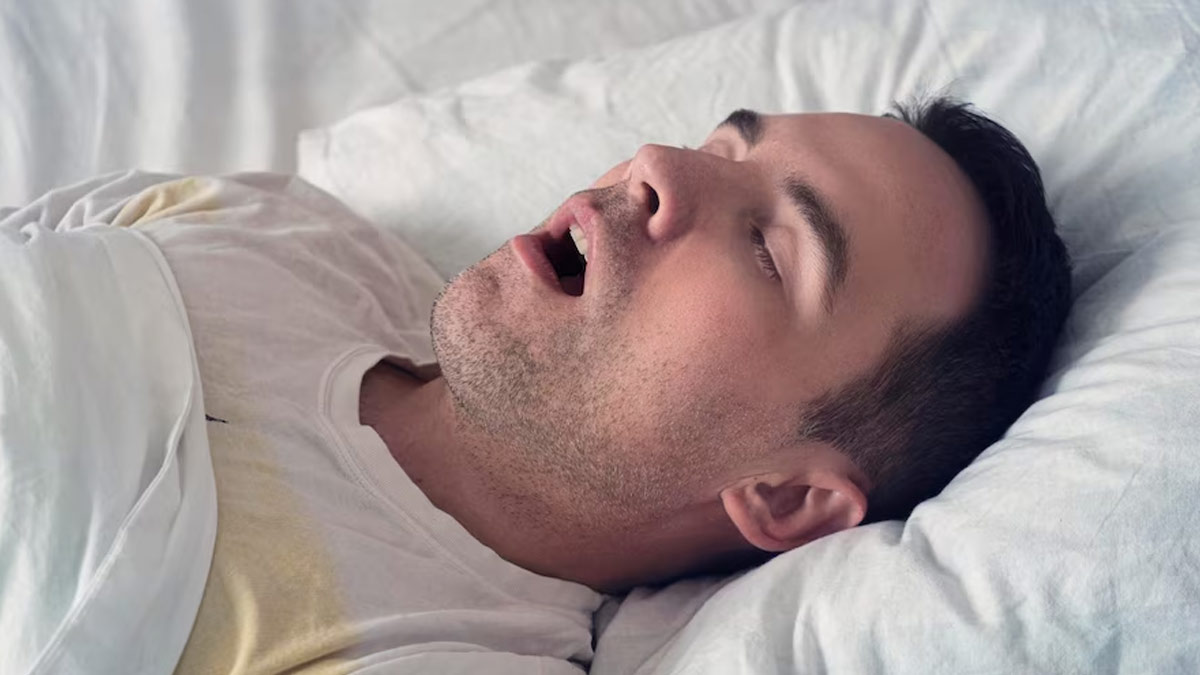
For most people, the inability to sleep sooner is a big problem. But did you know that falling asleep too fast can also signal trouble? While sleep deprivation or a restless night can make you weary and more prone to instant sleep, different types of sleep disorders can also trigger the same. In an interaction with the OnlyMyHealth team, Dr Mihir Gangakhedkar, Consultant Pulmonology, Fortis Hospital, Mulund, shed light on the same.
Table of Content:-
Also Read: How Maintaining A Sleep Schedule Boosts Your Heart Health: Ways To Create One
Is Falling Asleep Too Quickly Concerning?

Sleep latency refers to the time it takes to fall asleep.
While different people take different amounts of time to fall asleep, a healthy individual usually takes about 10 to 20 minutes, according to the Sleep Foundation.
This sleep latency period reflects a person’s overall sleepiness and provides insight into their sleep quality, the charity adds further.
“Classically, a very short sleep latency is referred to as narcolepsy, which is different from (but may coexist with) sleep apnoea,” said Dr Ganhakedkar, adding that those who have sleep apnoea tend to have a poor sleep architecture, which may lead to residual daytime sleepiness and eventually lead to a shorter than usual time taken to fall asleep.
What Is Narcolepsy?
Narcolepsy is a neurological disorder that affects sleep. It impacts the brain's ability to control sleep-wake cycles and causes a person to feel extremely sleepy throughout the day.
A normal sleep cycle has two phases: Rapid Eye Movement (REM) and non-REM sleep. A person usually enters REM sleep after about 60 to 90 minutes. However, people with narcolepsy enter this phase just within 15 minutes of falling asleep, according to the National Institute of Neurological Disorders and Stroke.
As discussed, while a normal sleep latency period is between 10 and 20 minutes, narcolepsy could be characterised by a sleep latency of less than eight minutes, as per the Sleep Foundation.
On the contrary, those who take more than 20 minutes could have insomnia, a sleep disorder associated with difficulty falling asleep.
Also Read: Do You Struggle To Sleep At Night? Try These Tips To Improve Your Quality of Sleep
How Is Sleep Apnoea Different?

Sleep apnoea is a common disorder that leads to sudden and frequent pauses in breathing during sleep. It affects sleep quality and also increases the risk of other chronic diseases, such as high blood pressure, diabetes, heart disease, and stroke, according to the National Heart, Lung, and Blood Institute.
Common symptoms of sleep apnoea include frequent awakenings in the night, early morning headaches, unrevealing sleeps, daytime tiredness, and excessive daytime sleepiness. Signs that may be noticed by the family could be loud snoring and/or a stoppage of breathing cyclically during sleep.
While some of the symptoms, like excessive daytime sleepiness and certain characteristics of sleep apnoea may seem similar to narcolepsy, the two are completely different.
According to WebMD, while narcolepsy is rare, sleep apnoea is a common sleep disorder that affects a large chunk of the worldwide population. Global estimates suggest that more than 93.6 crore people between the ages of 30 and 69 have mild to severe Obstructive Sleep Apnoea (OSA).
Risk Factors For Sleep Apnoea

Dr Gangakhedkar said, “Sleep apnoea is a concerning issue because it directly affects the quality of a person's sleep, thereby impacting their productivity in the day.”
Certain factors like obesity, old age, existing medical conditions like hypertension, stroke, and heart disease, and male gender can increase the risk of the condition, the doctor shared, adding that structural issues like a large tongue, large tonsils, a deviated nasal septum, or a posteriorly placed jaw can also result in a person developing sleep apnoea.
Conclusion
Falling asleep too soon can be a result of sleep deprivation. However, certain sleep disorders, like narcolepsy and sleep apnoea can also have similar effects. To know what the exact cause is, speak with an expert, a doctor, or a healthcare professional. They can run some tests and conduct physical evaluations to determine the same.
Also watch this video
Read Next
Shobhita Dhulipala's Old Photos Confirm Lip Fillers, Things To Consider Before Injecting Fillers
How we keep this article up to date:
We work with experts and keep a close eye on the latest in health and wellness. Whenever there is a new research or helpful information, we update our articles with accurate and useful advice.
Current Version